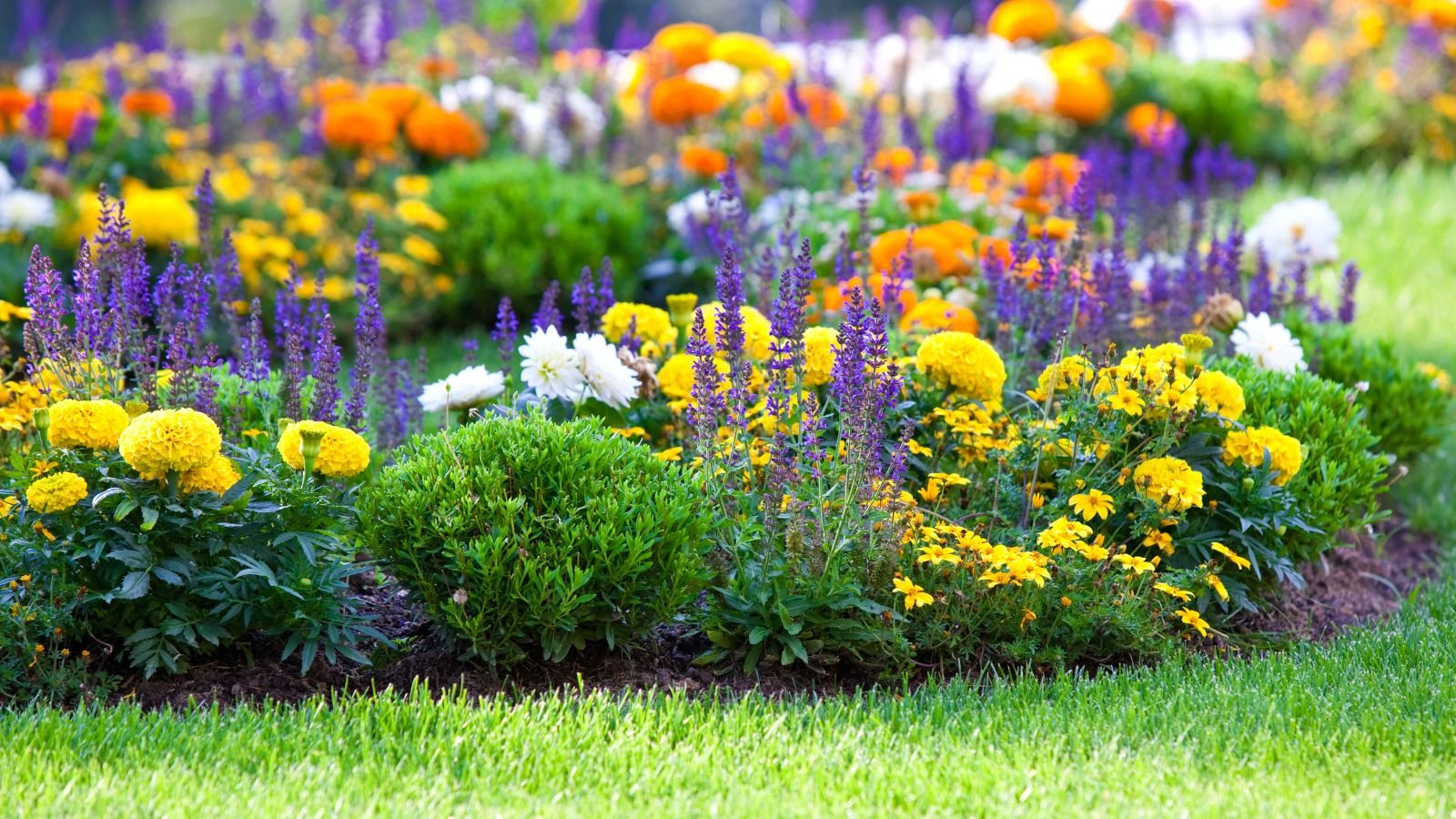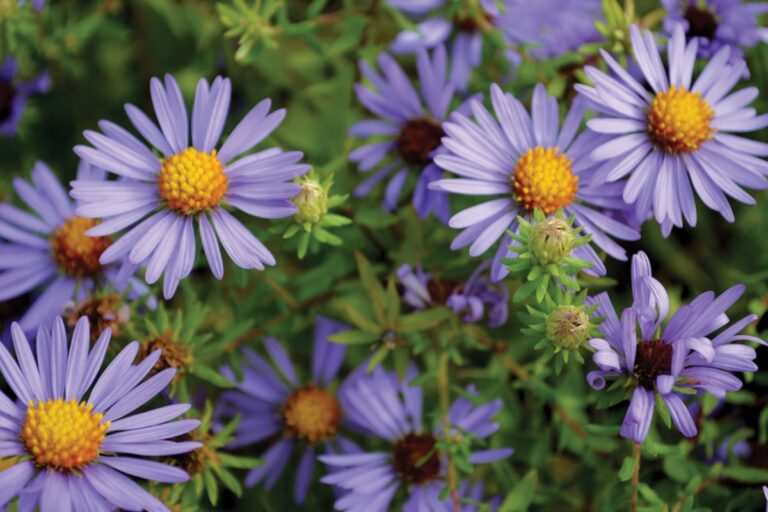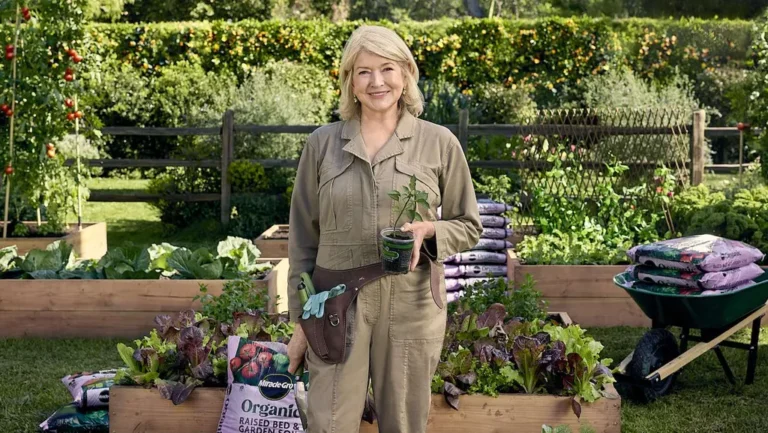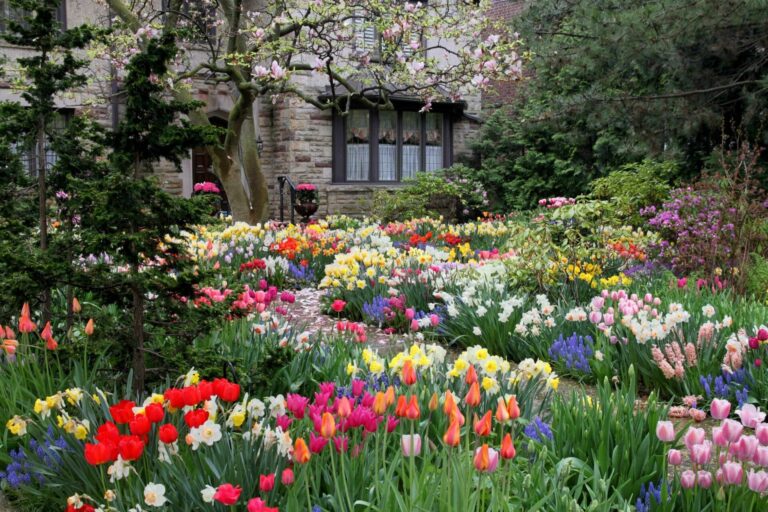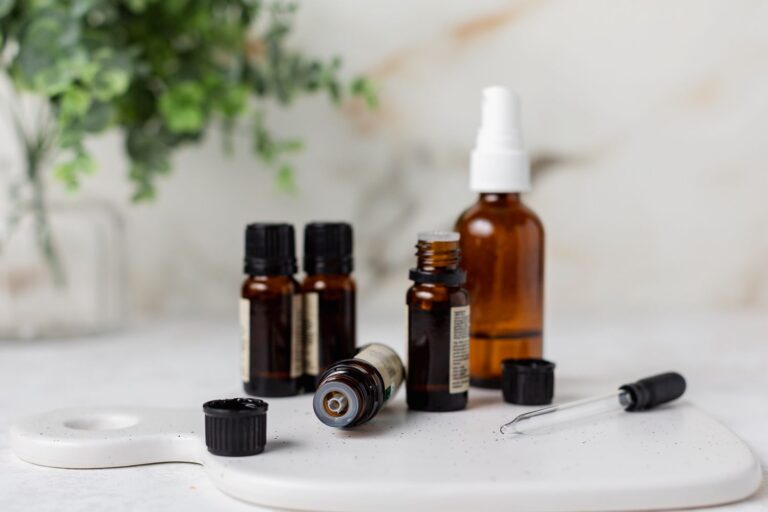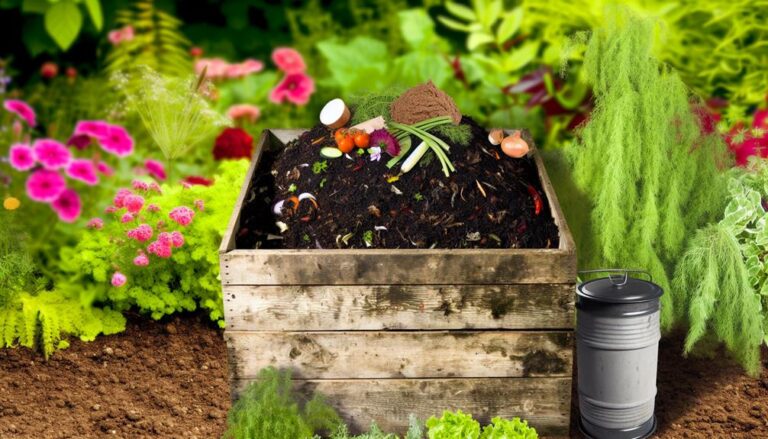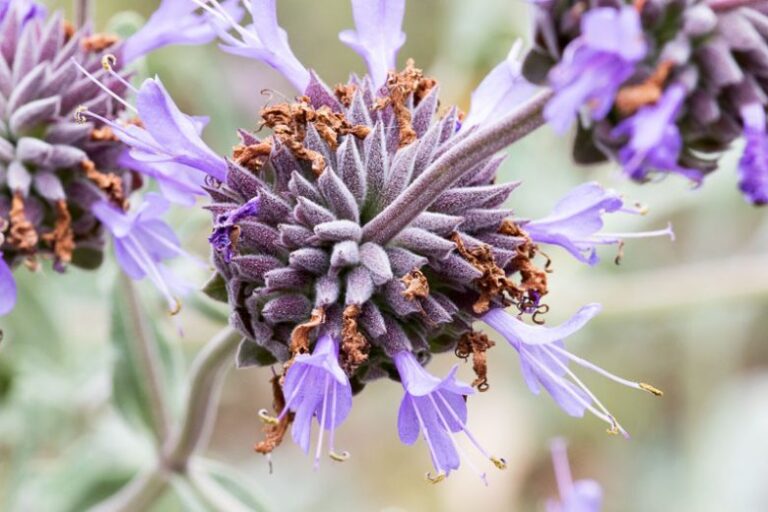7 Hardy Perennials to Plant in September for Explosive Spring Color
What if I told you that planting seven specific perennials this September could transform your spring garden into a color explosion that neighbors will envy—without the back-breaking work you’d expect? While most gardeners are winding down for winter, smart gardeners know September is the secret weapon season for establishing root systems that will burst into spectacular blooms when spring arrives. The cooler days and warm soil create the perfect cocktail for root development, giving your plants a dramatic head start that spring plantings simply can’t match.
Why September Planting Beats Spring Planting Every Time
September is not only a recommendation on planting, but it is a big boost to your garden. By planting at that time, your perennials utilize all their energies in order to form strong roots. They do not even need to fret about blooming at the same time. The warm soil causes roots to grow faster and the colder air causes less stress to new plants. Until winter, plants may become stronger because their roots may grow deep, and this ability may be taken to the spring. Fall rain keeps the ground wet without the summer evaporation, and therefore you do not have to water as much.
The Comprehensive September Planting Strategy
You can make your garden a success in any conditions before you choose specific perennials, you must know the simple planting trick. The ideal time to plant is in September between early September and mid-October. This window varies depending on USDA zone. Plant in 3-5 zone earlier in September, planting in 6-8 zone available through October.
Success starts with soil prep. Test your soil pH first. The most perennials have a pH of between 6.0 and 7.0 which is a bit acidic and neutral in nature. In case your soil is heavy clay, you can use compost and coarse sand to facilitate drainage. In case it is sandy, it has to be provided with organic matter to hold water. Toss the amendments of 12 to 18 inches to provide roots with loose and fertile soil.
Watering needs to be careful. Immediately after planting, water vigorously then maintain the soil moist until it freezes. Water should never be poured on the top of the leaves as it can lead to fungal disease. Watering at the roots directly Use soaker hoses or drip irrigation.
The Magnificent Seven: September Hardy Perennials
Hellebores (Helleborus spp.)

USDA Zones: 3‑9
Mature Height: 12‑18 inches
Bloom Time: Late winter/early spring
Light Needs: Partial to full shade
Soil Requirements: Rich well-draining, rich in organic matter
These are shade loving plants and they will bloom very early in spring and could even open the flowers in the snow. They are close to trees where they receive sun during winter and shade during summer. Plant in soil with compost and leaf mold 18-24 inches apart. Excavate two holes, which are twice as wide as the root ball and as deep, such that the crown is at the level of the soil. Water plants after planting and use 2-3 inches of mulch to keep soil damp. They do not require much attention; they have old leaves stripped away in late winter. Once established, they keep away deer and are drought tolerant. Garden Design
Lamprocapnos spectabilis (Bleeding Heart)
:max_bytes(150000):strip_icc()/growing-bleeding-heart-plants-1402834_03-67a09f0b55c046d6bcac29d55dc5d9de.jpg)
USDA Zones: 3‑9
Mature Height: 24‑36 inches
Bloom Time: Mid to late spring
Light Needs: Partial shade
Soil Requirements: Rich, constantly wet, well-drained
The bleeding hearts are characterized by their heart-shaped flowers which are suspended on arching stems. They like cool, wooded places. Plant at a distance, 24-30 in. in soil with heavy compost. Place crowns 1 inch-2 inch below surface. Keep the soil damp, particularly in first season; when top inch dried, water deeply. They enter dormancy during summer and make way to subsequent plants such as hostas. Separate clumps after every 3-4 years in early spring, remove woody center, replant healthy outer sections. American Meadows
Peonies (Paeonia spp.)
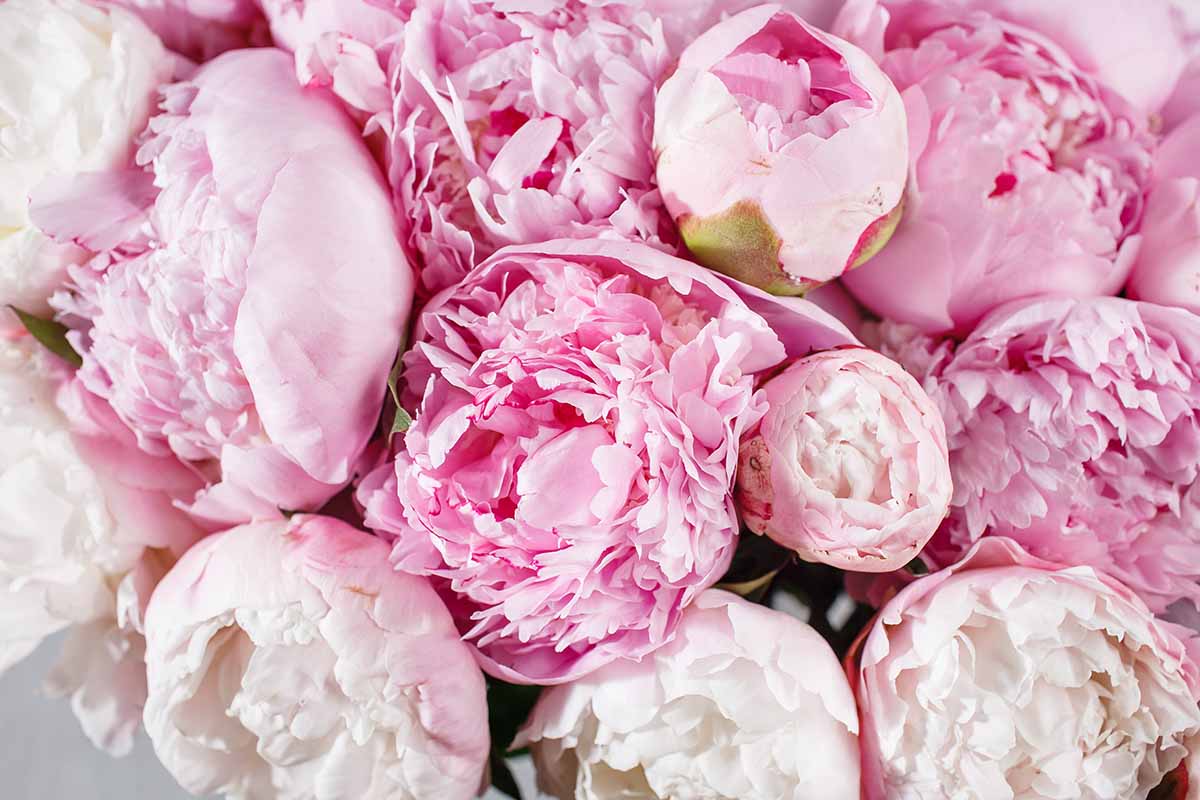
USDA Zones: 3‑8
Mature Height: 24‑36 inches
Time of Bloom: Late spring to early summer
Light Requirements: Full sun
Soil Requirement: Rich, well-drained, neutral
Peonies should be planted in September. Plant the roots such that eyes (buds) are 1-2 inches under the soil; otherwise, they do not flower. Space 3‑4 feet apart for air. Put compost and bone meal into holes. Pick sun or afternoon shade. Big blooms should be supported with peony rings. Do not disturb them once sown. Birds and Blooms
Bearded Iris (Iris germanica)

USDA Zones: 3‑10
Mature Height: 12‑40 inches
Bloom Time: Mid to late spring
Light Requirements: Full sun
Soil Requirement: Good, moderately alkaline
Sword-shaped leaves and flowers are found in bearded iris. To allow rhizomes to settle before winter, plant in September. To prevent rot, keep the top just open to light; positions 12-24 inches between. Require good drainage, use raised beds/slopes when using clay. Split clumps after every 3-4 years; prune away old woody. Do not use high-nitrogen fertilizer so that leaves are at the cost of the flower. American Iris Society
Allium (Allium spp.)
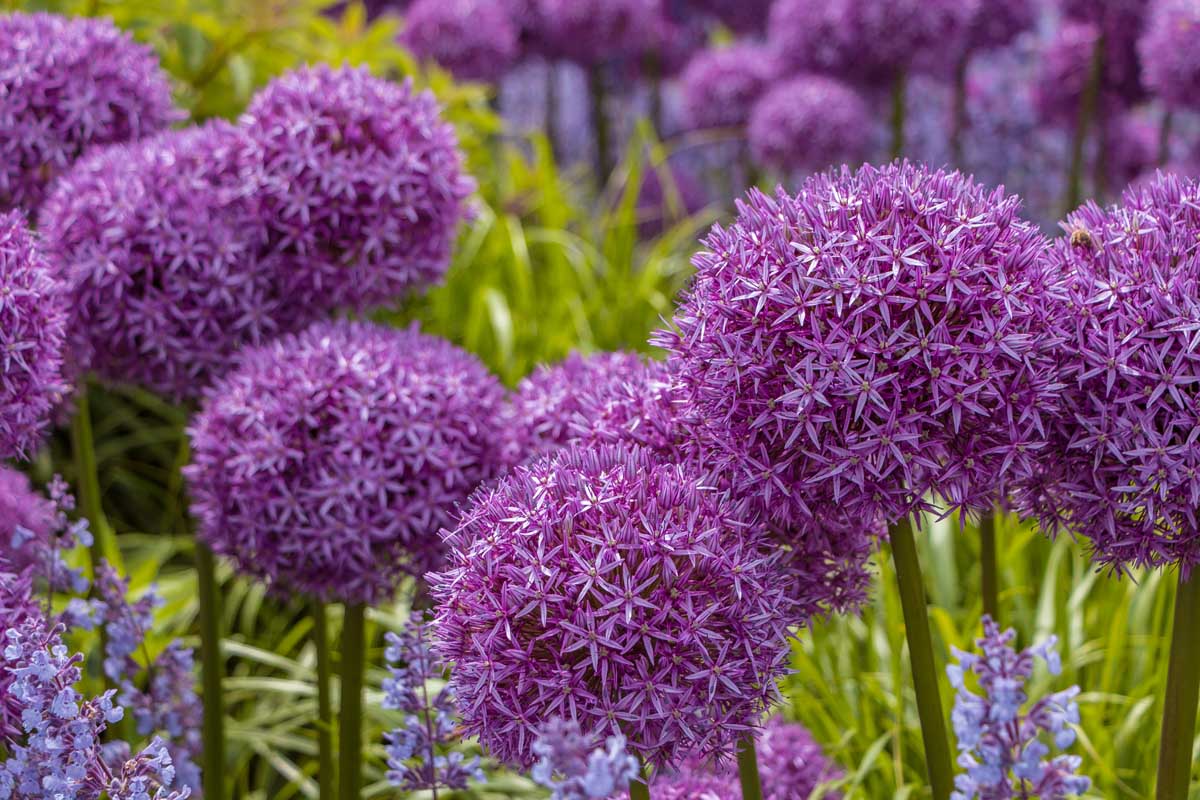
USDA Zones: 4‑9
Mature Height: 6‑48 inches
Bloom Time: Late spring and early summer
Light Requirements: Full sun
Soil Requirements: Average fertility, well drained soils
Alliums are round-headed flowering orbs resembling purple in shape bulbs. They also prefer dry soil once they are settled, and thus they can be used in low-water gardens. The bulbs of plants are to be planted 3-4 times the diameter of the bulb, typically 4-8 inches. Space 6‑12 inches apart. They are also tolerant to poor soil but not over-fertilizing. They repel deer and rodents. Send flower heads to propagate, or prune before they become ripe. The Old Farmer’s Almanac
Daffodils (Narcissus spp.)
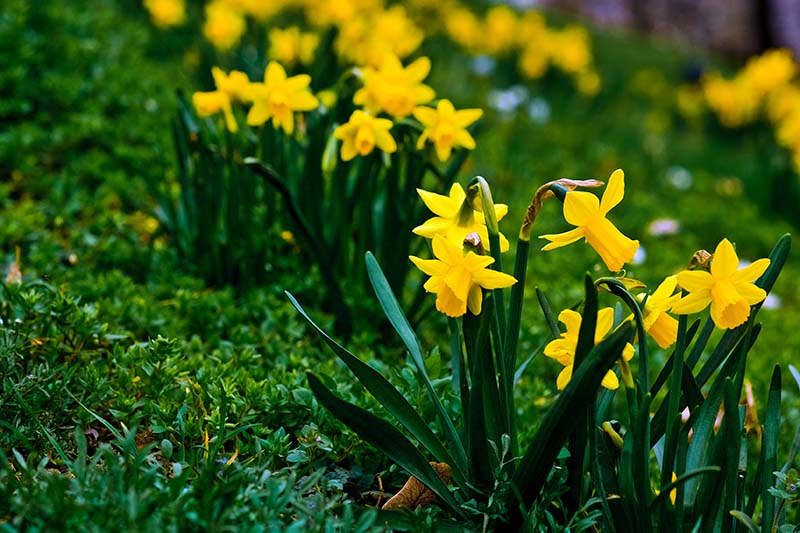
USDA Zones: 3‑9
Mature Height: 6‑24 inches
Bloom Period: Early to mid-spring
Light Needs: Full sun or partial shade
Soil Requirement: Deep, average fertility
Daffodils are traditional spring flowers, and they form large clumps. Plant 6-8 inches deep, 4-6 inches spacing. Ensure that the pointed end is facing up. Add bone dust or bulb fertilizer. They are yearly returning, resist rodents and deer. And let the leaves grow yellow after flowering To nourish the bulb. Don’t cut foliage early. Brooklyn Botanic Garden
Butterfly Milkweed (Asclepias tuberosa)
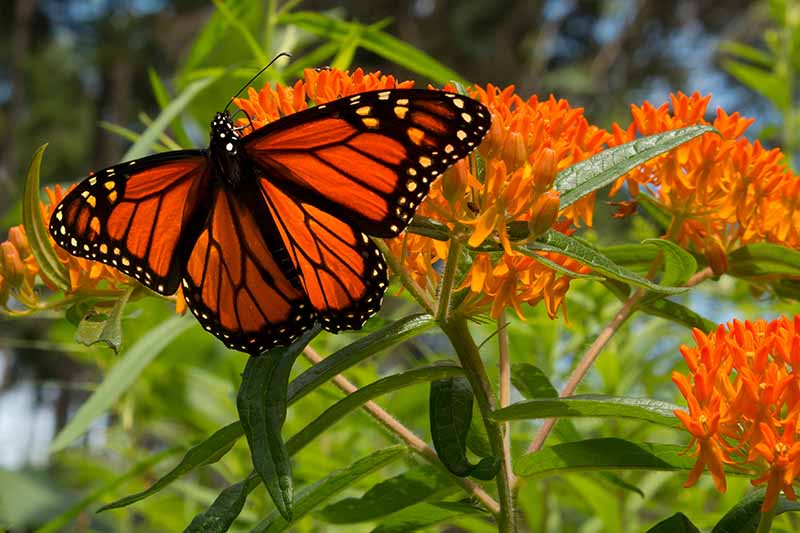
USDA Zones: 3‑9
Mature Height: 18‑36 inches
Bloom Time: Mid to late summer
Light Requirements: Full sun
Soil Requirements: Poor to average fertility, well draining
Planted in September to develop deep roots, butterfly milkweed only blooms in summer. It is drought resistant and perennial and it nourishes monarch butterflies. Plant with reservation, leave in permanent locations. Spacing 18-24 inches, and select sandy, poor soil. Shake off tropical milks that disturb the migration of the monarchs. Retain indigenous varieties such as butterfly milkweed or swamp milkweed. Blooms dead, but leave a few pods of seeds to the birds and nature. Monarch Joint Venture
High-tech Plants: The Ultimate Successes of the Seedlings
Planting in September has certain steps that would help it to survive winter and thrive in spring. Plant to the correct depth; any deeper prevents emergence, any shallower subjects roots to cold. With clay soils, build up the soil to form raised beds, or put sand and organic matter to enable the soil to drain.
Water management is crucial. Water heavily immediately after planting, and maintain soil damp until it is frozen. It is important not to water frequently to form shallow root systems, but water once deeply, but less frequently to form deep root systems.
Mulching is based on climate and types of plants. In cold areas (3-5) apply 2-3 inches of mulch once the ground becomes frozen to prevent frost heaving. In hot regions, perhaps a lighter mulch or none of plants that withstand drought. University of Connecticut Extension
Troubleshooting Typical September Planting Problems
Good gardeners have issues too. Frost heaving occurs when there are cold and warm cycles that push plants out of the soil; it can be avoided by planting deep and putting mulch on it after freezing, but not before.
The largest source of failure is drainage. Test Fill a 12 inch hole with water, test by continuing to keep water in after 4-6 hours add beds or drains.
Rats can chew on new bulbs and perennials; wire mesh over the soil or use non-preferred by rats bulbs, such as alliums and daffodils. Bone meal should not be used in rodent problems as they are attracted towards it.
Long-term Care and Maintenance Plan Schedule
Practice a routine to maintain year-long health of the perennial in September. The first year should be taken care of: water in dry seasons, wean weeds, examine pests. Don’t fertilize until spring.
Early spring; cut winter cover, sprinkle with balanced fertilizer, cut off faded flowers, etc. In case you wish to natural spread some seed. Separate large clumps late in the summer or early in the fall; remove healthy outer section and retain the woody core.
Gardeners of the north should save winter and take care in early spring. The gardeners in the south contend with heat and lengthy seasons. Alter planting dates: planting can go to November in the south, early October in the north. Illinois Extension
Planning Tricks to Breathtaking Spring Surveys
An effective spring border must have plants that blossom at varying times in order to have color. Position taller (peonies, bearded iris) in the back, medium (bleeding heart) in the middle, shorter (hellebores) in the front. Colors should be compatible or contrasting. White daffodils are acceptable in the shade, purple alliums are dramatic.
Accompaniment Planting to Improve Performance
Good companion planting is a good companion pest, soil, and appearance. Plant daffodils together with other late perennials; the leaves provide food to the bulbs and early color. Plant hellebore with hosta or ferns, which occupy space in the absence of hellebore. Alliums are compatible with roses; they prevent pests and make them interesting. Plant ground cover such as thyme to reduce weeds and maintain body moisture. Do not spread aggressively such as mint among slow growers. Note chemicals in plants, which may damage neighbors; walnuts have juglone which kills many perennials.
Sources:
- Brooklyn Botanic Garden. “Ask a Gardener: Can I Plant Perennials in the Fall?” October 5, 2023.
- University of Connecticut Home & Garden Education Center. “Perennials, Fall Foliage, and Other September News” September 5, 2025.
- Garden Design. “How to Grow Hellebores“
- American Meadows. “How to Grow Bleeding Hearts“
- American Iris Society. “How to Plant and Grow Bearded Iris“
- The Old Farmer’s Almanac. “Planting Alliums: How to Grow Ornamental Onions” September 19, 2025.
- Monarch Joint Venture. “Planting and Growing Milkweed“
- Illinois Extension. “Establishing Perennials in the Early Fall” October 1, 2019.
- Birds and Blooms. “Plant Peonies in Your Flower Garden This Fall” August 8, 2025.

